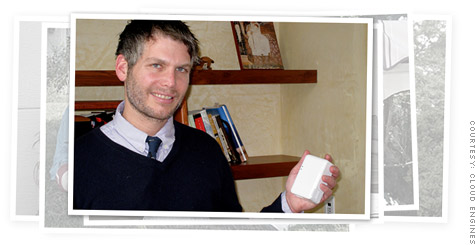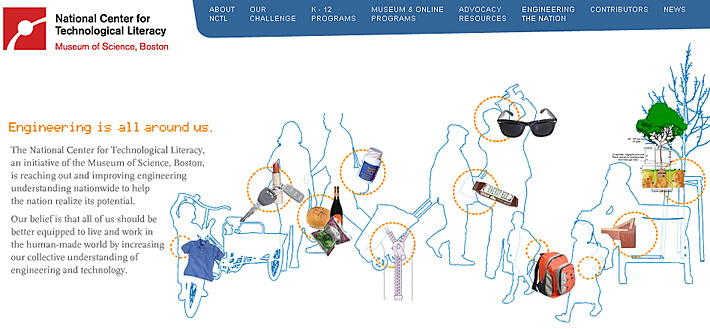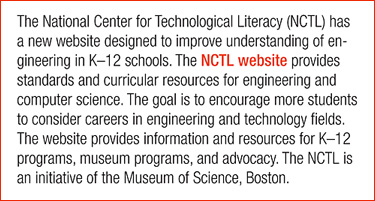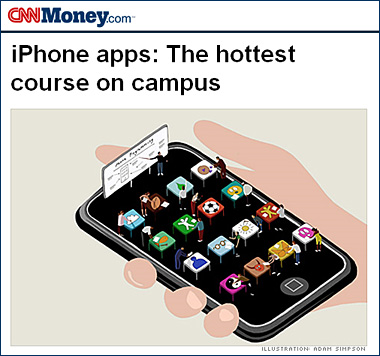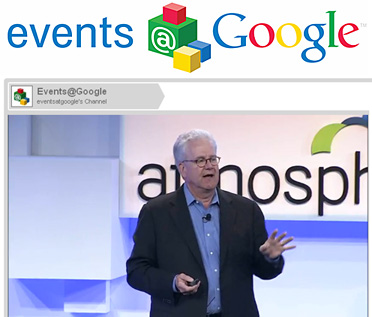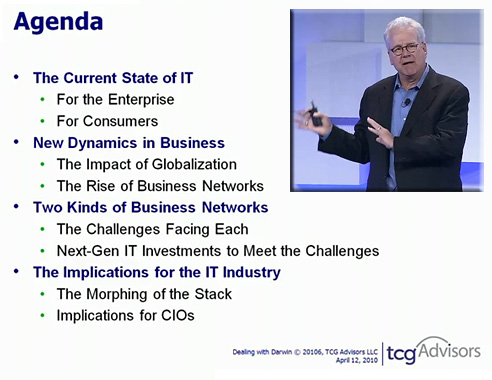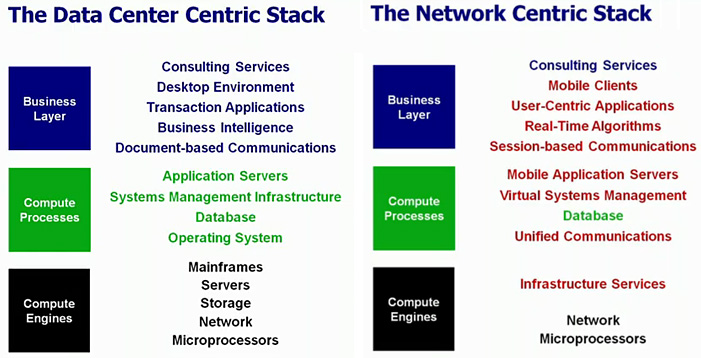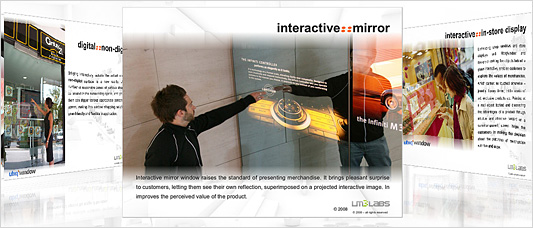Learning from the creative industries – consistency to build trust — from infoq.com
In the June 2010 edition of Wired magazine Jonah Leher wrote an article titled “Animating a Blockbuster: Inside Pixar’s creative magic” in which he examines the creative process in use at Pixar Animation Studios. He states
“Since 1995 when the first Toy Story was released, Pixar has made nine films, and every one has been a smashing success. Pixar’s secret? It’s unusual creative process.”
According to Leher: “the studio has built a team of moviemakers who know and trust one another in ways unimaginable on most sets”
He points out how Pixar’s process requires deep trust among the team, and the ability to handle feedback on the quality of the work being done. Each day the team review the work done the previous day and “ruthlessly shred” each frame. This constant feedback cycle enables the team to continuously improve the quality of the work being done, and the product being developed. This process involves every member of the team, “even the most junior staffers are encouraged to join in”, the intent is to learn, adapt and improve in a short cycle time – something that should be very familiar to anyone who has worked in an Agile software development team.
This safe to fail environment is one of the key aspects that makes Pixar so successful. Leher quotes Lee Unkrich (director of Toy Story 3) who says “It is important that nobody gets mad at you for screwing up. We know screwups are an essential part of making something good. That’s why our goal is to screw up as fast as possible”












